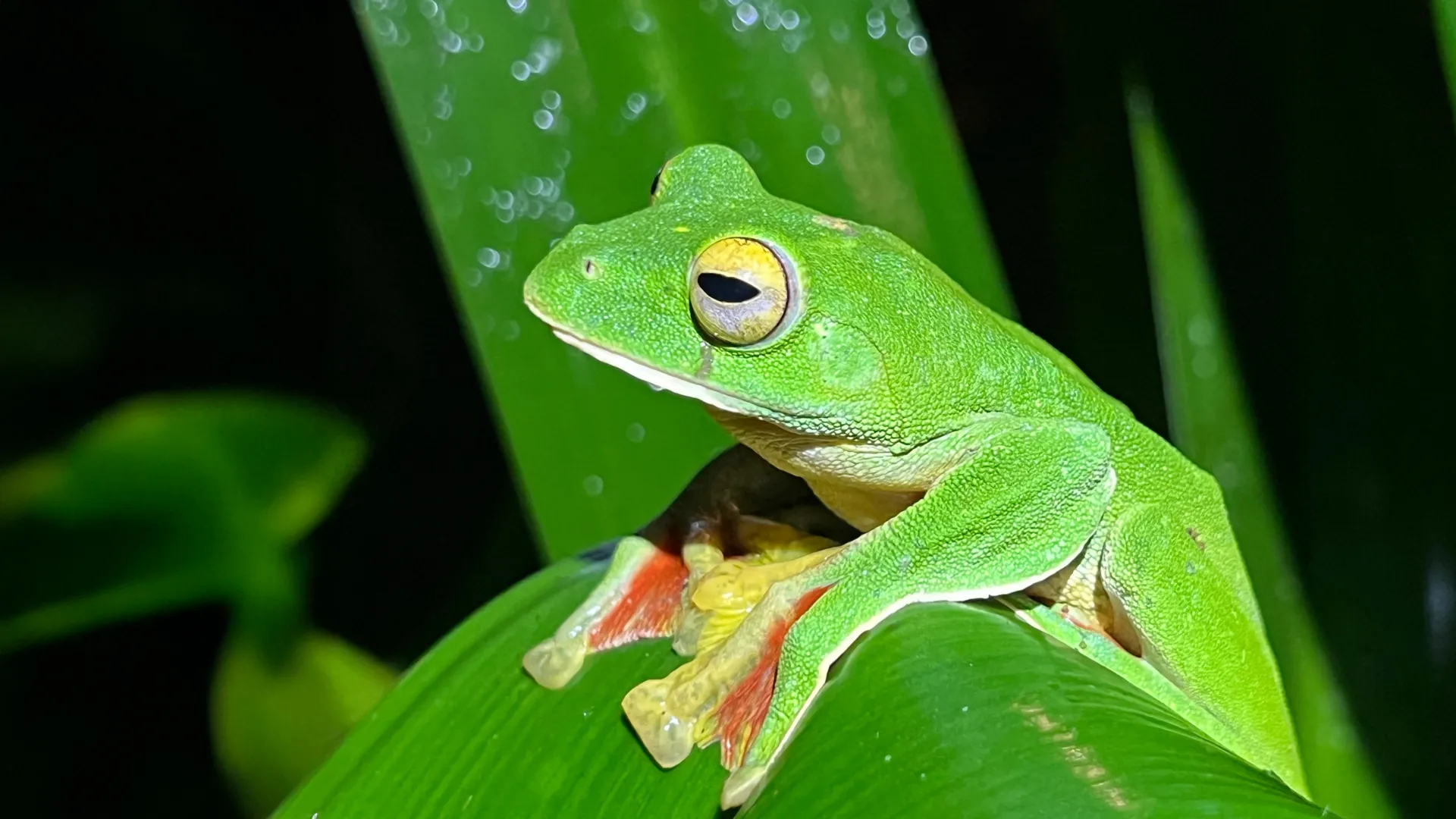For years, many scientists have warned that Earth is undergoing another mass extinction, with species disappearing faster than ever before. These warnings often rely on projecting extinction data from the past 500 years into the future, assuming that current rates are accelerating dramatically.
However, new research from Kristen Saban and John Wiens of the University of Arizona’s Department of Ecology and Evolutionary Biology suggests a different picture. Their analysis shows that over the past five centuries, extinctions among plants, arthropods, and land vertebrates actually reached their highest point about a century ago and have been declining since. The study also found that earlier extinction waves were driven mostly by invasive species on islands, whereas today’s greatest danger to wildlife is the loss of natural habitats.
Reassessing the Mass Extinction Narrative
The researchers argue that predictions of an ongoing mass extinction may rely on oversimplified or outdated assumptions. Many of these projections treat past extinction patterns as if they apply equally to modern times, ignoring how the main causes of species loss have shifted over history.
Published in the Proceedings of the Royal Society of London, the paper is the first comprehensive analysis to examine both the rates and causes of recent extinctions across plants and animals. The team reviewed data from nearly 2 million species and closely studied 912 species known to have gone extinct in the last 500 years.
“We discovered that the causes of those recent extinctions were very different from the threats species are currently facing,” said Wiens, professor of ecology and evolutionary biology. “This makes it problematic to extrapolate these past extinction patterns into the future, because the drivers are rapidly changing, particularly with respect to habitat loss and climate change.”
Saban and Wiens noted that most of what we know about species loss comes from recent centuries, yet many studies have assumed those patterns predict future risks. In reality, the factors leading to extinction are far from uniform across time, habitats, or taxonomic groups.
“To our surprise, past extinctions are weak and unreliable predictors of the current risk that any given group of animals or plants is facing,” said lead author Saban, who recently graduated from the U of A and is currently a doctoral student at Harvard University.
From Islands to Continents: Where Extinctions Hit Hardest
Extinction rates varied widely among species groups. Mollusks such as snails and mussels, along with vertebrates, were the most affected, while plants and arthropods faced relatively few losses. Many of the recorded extinctions occurred on isolated islands, including the Hawaiian Islands, where invasive species introduced by humans — such as rats, pigs, and goats — wiped out native wildlife.
On continental regions, however, most extinctions took place in freshwater environments. While invasive species caused the majority of island losses, habitat destruction has emerged as the dominant threat on land.
Unexpectedly, the study found no evidence that climate change has increased extinctions during the past two centuries.
“That does not mean that climate change is not a threat,” Wiens said. “It just means that past extinctions do not reflect current and future threats.”
The authors also considered threat levels — for example “threatened,” “endangered” or “least concern,” — for 163,000 species as assessed by the International Union for Conservation of Nature.
“The current threat level provides probably our best hint of what is currently happening and might happen in the near future,” Wiens said. “We found the patterns of today’s threats to be different from those of past extinctions. For example, most extinct species are mollusks and vertebrates on islands that were driven extinct by invasive species, but most threatened species today are mainland species facing habitat destruction.”
A Call for Accuracy and Perspective
Saban said she doesn’t want the study “to be taken as giving people a carte blanche” to suggest that human activity does not present a significant and urgent threat to many species.
“Biodiversity loss is a huge problem right now, and I think we have not yet seen the kinds of effects that it might have,” she said. “But it’s important that we talk about it with accuracy, that our science is rigorous in how we’re able to detail these losses and prevent future ones.”
Contrary to many studies, the rates at which species are going extinct are not rapidly accelerating, the study found.
“We show that extinction rates are not getting faster towards the present, as many people claim, but instead peaked many decades ago,” Wiens said.
Signs of Hope for Species Conservation
For some groups, such as arthropods and plants and land vertebrates, extinction rates have actually declined over the last 100 years, notably since the early 1900s, he added. One of the reasons for declining extinction rates “is many people are working hard to keep species from going extinct. And we have evidence from other studies that investing money in conservation actually works.”
According to Saban, the study was born out of a motivation to take a step back from doomsday scenarios.
“If we’re saying that what is happening right now is like an asteroid hitting Earth, then the problem becomes insurmountable,” she said. “By looking at the data in this way, we hope that our study helps inform our overall understanding of biodiversity loss and how we can come up with better ways to address it.”
